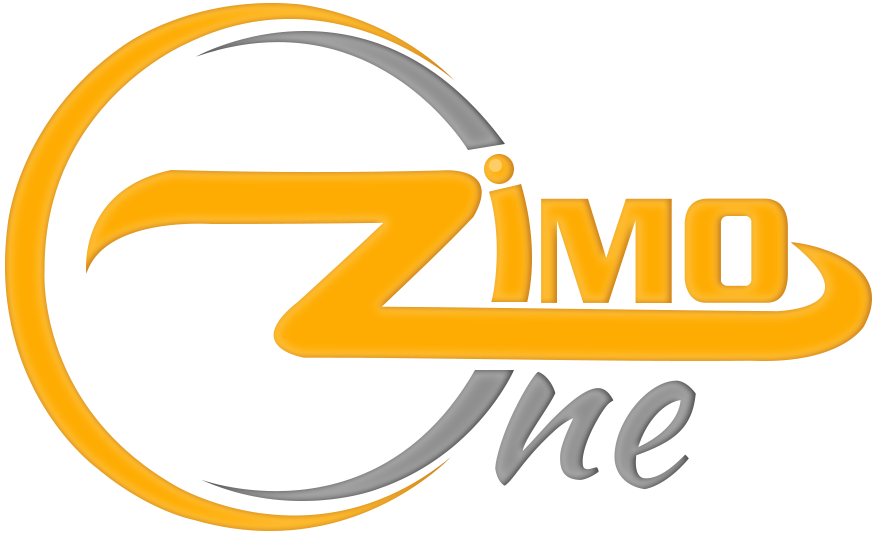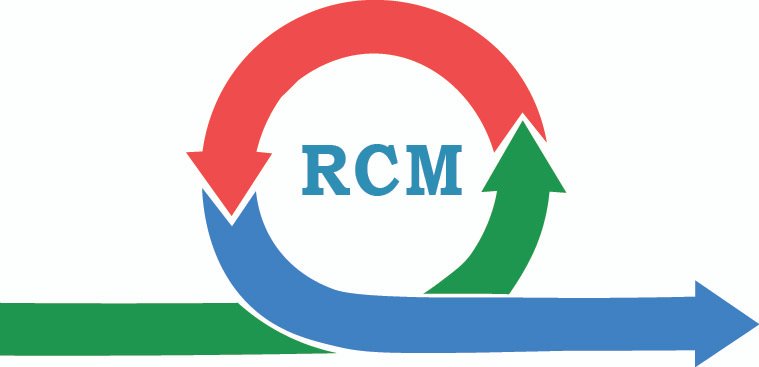How to Use RCM Billing in Healthcare Facilities
The following are some fundamental RCM steps that streamline healthcare billing procedures:
Patient registration is the first step in every medical practice that makes money. Having access to all of this data also spares the patient from having to register each time he enters the clinic.
In every appointment, you should also confirm the patient's insurance. It's because an insurance plan's status regarding coverage is subject to change at any time. You should confirm if insurance may be immediately claimed or not because of this.
A meeting or encounter is a talk between a patient and a healthcare professional. Patients detail all medical issues and symptoms in these discussions. The doctor determines the course of therapy following a thorough assessment. For the sake of accuracy, you can also record this meeting. As soon as a diagnosis is made, an accurate claim is written.
A professional will listen to and record all meetings afterward in order to capture any pertinent information regarding the patient's history, diagnosis, and course of treatment. Future visits from the patient will greatly benefit from this action. Maintain accuracy and error-free transcribing throughout the procedure. Because any inaccuracy in the patient's medical history or billing issues might result in the denial of a claim.
All of the medical data that has been transcribed may be stored and used as alphanumeric codes. Make sure to include the patient's ailment, treatment, and medical service when coding the patient's information. Accessing payment amounts from insurance companies is made simpler by using rcm in medical billing coding systems like HCPCS and CPT.
Medical coders keep track of all the costs incurred by healthcare providers. The first stage in creating the claim is to enter the charges. They then submit the claim to the insurance provider after including the correct amount. Nearly all medical claim forms include details regarding the patient's medical background, National Provider Index (NPI) number, codes, and other healthcare services.
When a claim is being prepared, include the patient's information as well as the healthcare provider's contact information and service data. The insurance company must then receive it for compensation. Please feel free to submit claims via "Electronic Data Transfer" using modern electronic technologies under the rcm billing app.
To ensure that your claim is processed by the insurance company, submit it as soon as possible. Following the approval of claims, check writing begins. Insurance companies occasionally pay the entire claim amount. In order to request the corporation to create whole income if your claim is rejected, you must evaluate and resend it.
Insurance companies may reject claims even after rectification. In these situations, you must provide them with more details about charge posting, medical coding, and insurance coding. You should also find out the rationale for the payment refusal.
You have two options for receiving payment when the insurance provider has settled all claims: a physical check or an electronic cash transfer. Bulk payments are also accompanied by an explanation of benefits (EOB), which serves as a summary. You will be able to document every aspect of the payment you received in this manner.




